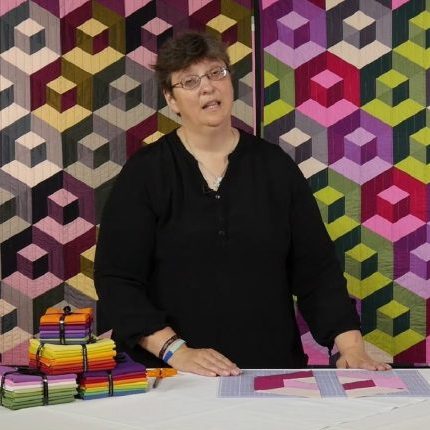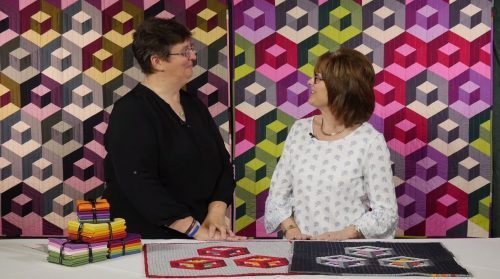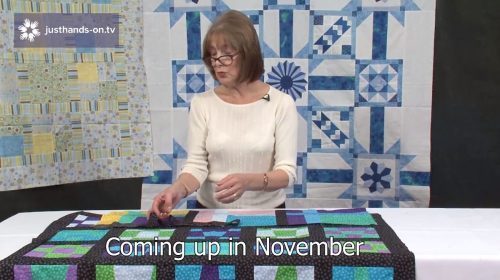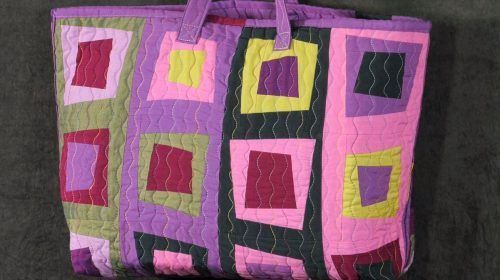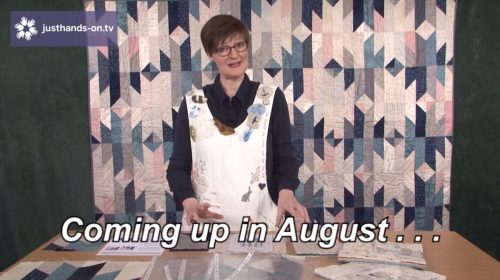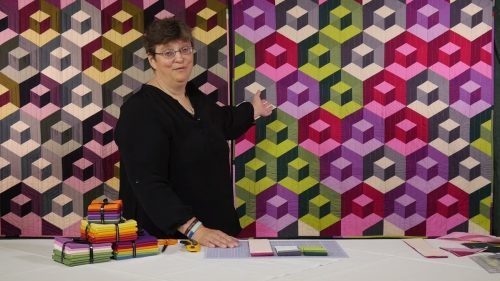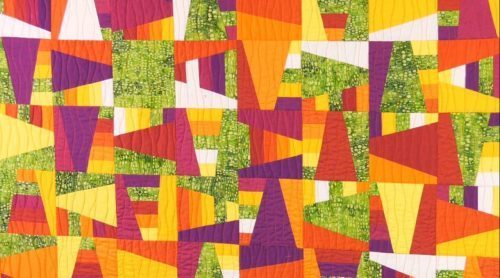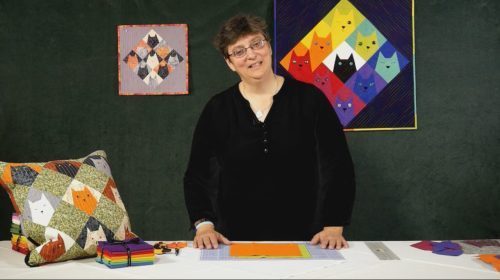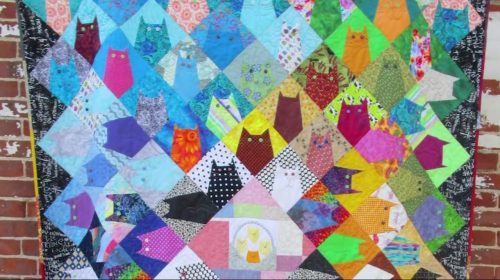About Helen
Helen can’t remember a time when she wasn’t making something. As a young child her greatest joy was the ‘useful box’ which lived in the cupboard under the stairs and was the repository for empty egg boxes, cereal packets and yogurt pots, all fantastic stuff to feed a creative mind.
When Helen was seven her Grandmother taught her to sew and opened her mind to a whole new avenue of creative expression. Helen designed and made her first full size cross-stitch sampler before she was nine, and made various garments for dolls and bears and eventually herself, creating patterns by the simple method of lying on the floor and drawing round herself, much to the amusement of her Mother & Grandmother – both accomplished dressmakers.
Helen worked in graphics, and then advertising, for ten years, until she and her partner had the opportunity to quit the London rat-race and move to Yorkshire to run the family’s marina business. During this time, Helen taught herself patchwork, quilting, beading, origami, marquetry, doll making and canvas work. She discovered that, not only does she love crafting and the challenge of learning something new, she also had a hitherto undiscovered competitive streak deep inside which prompted her to hone these new skills to the point where she regularly won awards in the handicrafts section of shows.
Fifteen years later, Helen decided to combine her experience of running a business with her enduring passion for crafting to start LITTLE PATCH POCKETS. Helen creates patchwork designs and writes patterns so you can make your own unique, lovely things. She also offers kits, classes and workshops where she teaches her designs.
Helen loves using three dimensional illusions in her work. According to Helen, “I love to create an illusion of three dimensions and many of my designs are based on this concept. I do occasionally use curved lines, but since my mind seems to work in straight lines I find lots of inspiration in architecture, engineering and even mathematical concepts. I like accurate piecing and often create my own foundation paper pieced blocks in order to achieve the precision I enjoy.”
Helen is an avid follower of the Modern Quilt Movement as well as a great believer that quilts are for using: “for your three-year-old to drag down the garden, for the dog to sleep on and to go in the washing machine.”
Signature Technique
Modern Quilting
Helen’s Top Tips
- Colour choice is key to 3D work. Always select three shades of the same colour, or light, medium and dark tones of the same colour.
- Auditioning fabrics is one of the most useful skills any patchwork artist can develop. A quilt needs contrast of tone, however subtle, to accentuate the design.
- Never use a fabric with a low thread count or a loose weave, however good the colour. Thinner fabrics do not handle well, will fray quickly and will not wear well in the finished quilt. It is worth investing in good fabrics.
- Many of the fabrics at the cheaper end of the market cover up this deficiency with excessive amounts of surface ink and stiffening treatments – the secret is to turn to the back and check.
- Always look for a fabric that is likely to shrink only minimally. Some shrinkage is to be expected, especially when combining fabrics from different manufacturers. Look on this as part of the charm of a washed quilt. However, cheap fabric with an open, loose weave will shrink hugely when washed, ruining your work.
Videos
Books and Patterns
Posts
Update 16th May 2014
Events This weekend many of our contributors are at Quilts [...]
How to finish an old english patchwork
Answer: I guess your question is geared to the uneven edge of your quilt if you are using paper pieces; and there are two ways of looking at this; the first is to leave the edge uneven and add borders to which the uneven paper pieces are appliqued - this will give the look of the patchwork floating.
The other is to make half templates to fit in the gaps so that the paper pieced patchwork then has straight edges - you can also do this and then add borders by machine.
You would then layer, quilt and bind as usual(see our video on layering if that helps) Just a thought about the quilting - most of my students do this stitching a 1/4" away from the seams - and this can be done by hand or by machine
2nd May 2014
Meet Kate Findlay A teacher and textile artist who has [...]

